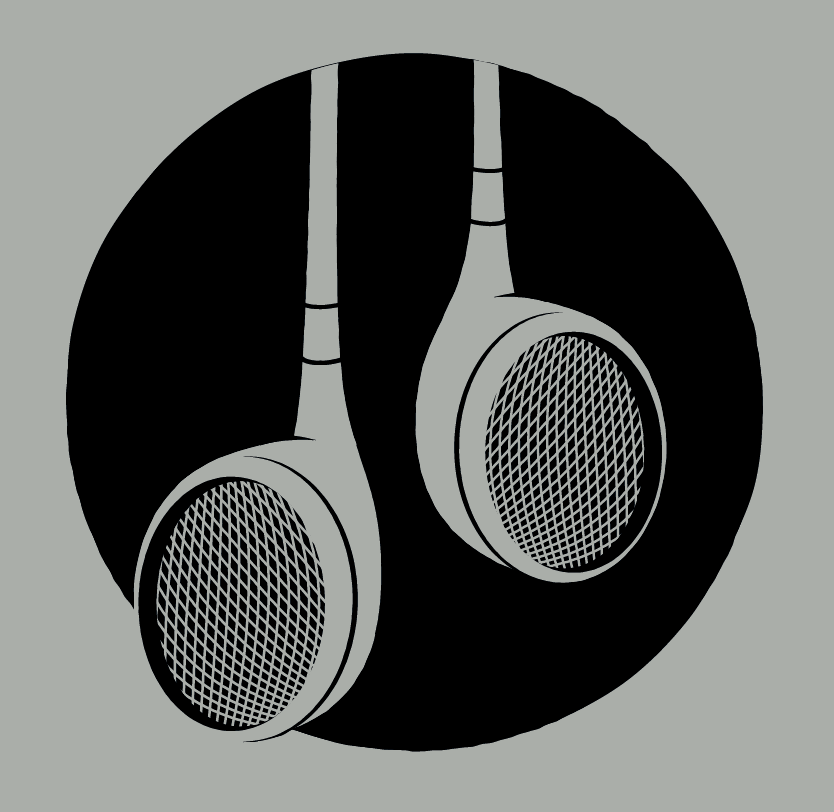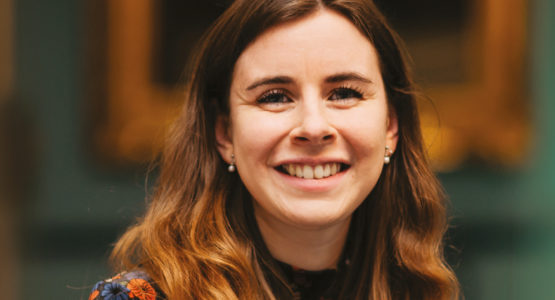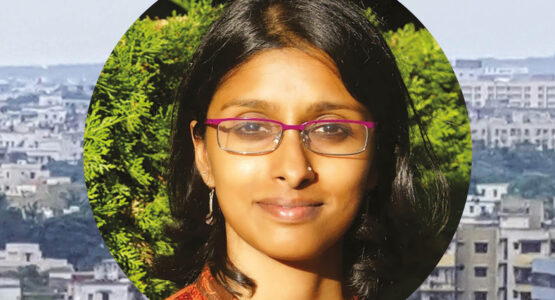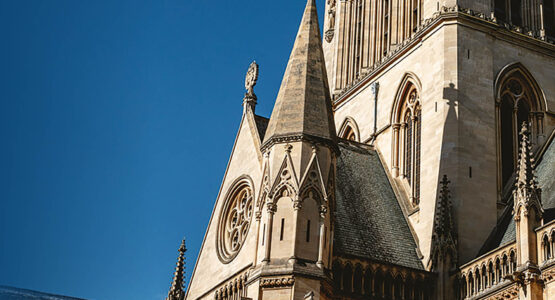Johnian magazine issue 52, spring 2024
Playlist: from computing to composing

John ffitch (1964) is a computer scientist and composer. He is currently Adjunct Professor of Music at Maynooth University. Here he discusses his life’s journey and the music he has collected along the way.
My father was a first-class mathematician and a gifted amateur pianist, and I never doubted that I wanted to emulate him.
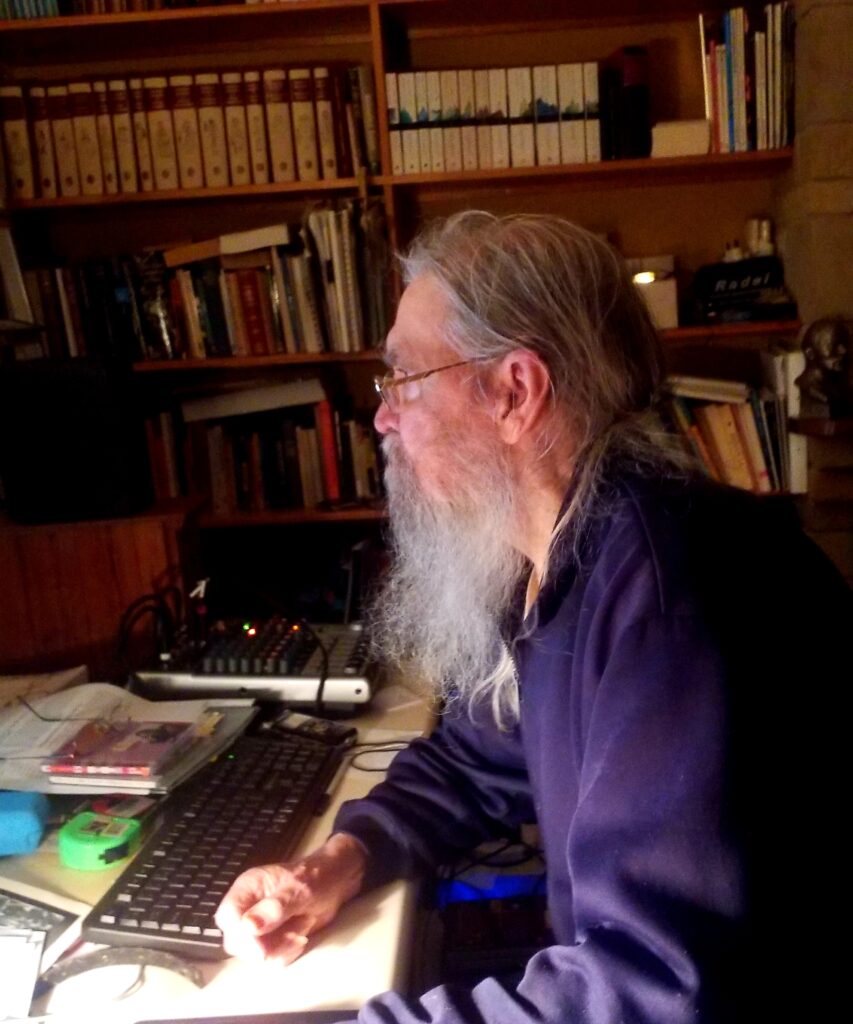
I attended a state co-educational grammar school in the New Forest. At home my father and my twin big sisters established themselves as a small recorder consort. I taught myself to play so that I could join them, but I never had any formal music lessons. I learnt a lot from the radio. I smuggled a broken radio into my bedroom and fiddled with it until I could listen to the BBC Third Programme.
My first paid job was as Father Christmas at a local department store. Arriving home with my first wages, I glanced at the local newspaper which someone had bought that week and saw an advertisement for a Bournemouth Symphony Orchestra concert that evening, and I dedicated my pay to taking my girlfriend to this event. I’m still not sure why I thought this would be fun, but it was. I had never heard a live orchestra before, and Glinka, Dvorak and Tchaikovsky were overwhelming. We were hooked. We joined a club that entitled us to cheap seats – in particular behind the horns where we could see the conductor and sometimes glimpse the music. In the season, we went to every concert.
After A Levels I was awarded a place to read Mathematics at St John’s. This was confirmed when I passed O Level Latin just in time to go up in 1964. As an undergraduate I was not as good as I had hoped, and not at my father’s standard. After a disastrous final year, including spending most of Easter term in hospital, I survived the Tripos, but no one wanted to employ me so I opted to stay in Cambridge to do the Diploma in Computer Science.
I had been introduced to computing in the late 1950s when my father learnt to program for his work at a government establishment. I always found computing interesting, and the Diploma course was outstanding. I had never worked so hard before, working through the night three times a week. I was awarded one of only two distinctions in the exam, and the College gave me a scholarship. I went on to do a PhD developing computer algebra and its application to general relativity and gravity waves. I then joined the computing research staff, eventually heading a small group of computer algebraists.
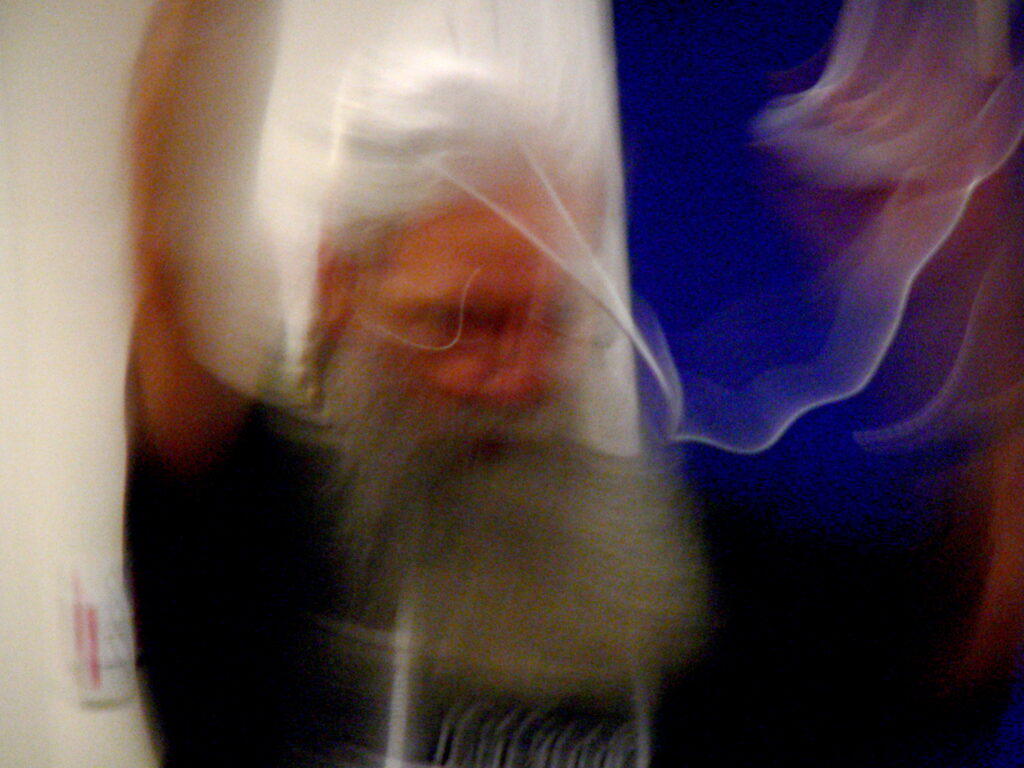
Cambridge was of course full of music. I attended early music concerts and opera, and eventually contemporary music after a memorable concert by the King’s band Intermodulation, which opened my mind to the possibility of fusing my interests in mathematical technology and music. After the research grant expired, I spent a year in Salt Lake City writing LISP systems and skiing, returning to a lectureship in Leeds, followed by my appointment to a new chair in computing in the School of Mathematics at the University of Bath.
In my teaching and research, I always emphasised the mathematical foundations of computing and their influence on programming. I loved programming and wrote some code most days (and still do). One wet weekend I was wandering around the internet when I found a C program that was clearly about music, so I used the damp hours to make it work on a Microsoft PC, even though I did not know what it did. When I saw a message asking if anyone had this program working I said ‘yes’. I did not
foresee the volume of requests for it. Fairly soon what started as mild curiosity became my new hobby, maintaining Csound.
Csound came from MIT’s Media Laboratory. It computes with sound rather than numbers and is used by composers, diverse musicians and sound engineers. In a short time I took over the maintenance and development of the software, with the approval of the original author, Barry Vercoe, and the advice of
computer music composer and teacher Richard Boulanger (known as DrB). I also started to supervise research students in music technology, alongside those in software. And, with extra encouragement from DrB, I started composing again. At school I had produced some juvenalia but stopped due to the demands of adult life.
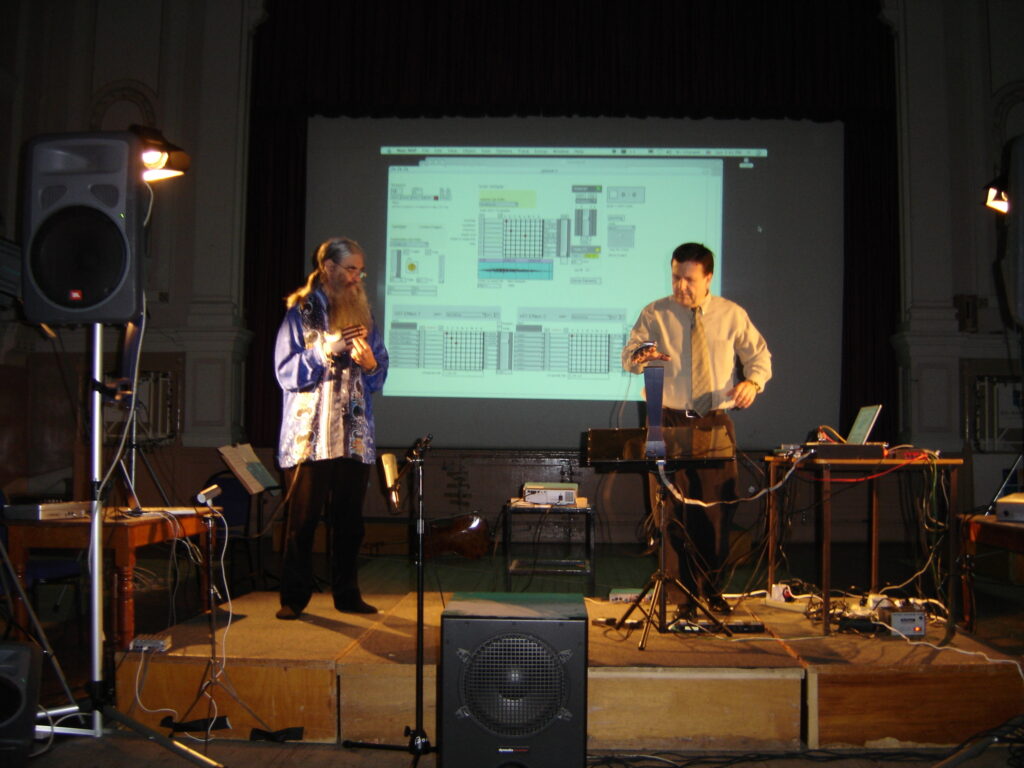
Since retiring from the University of Bath in 2011, I have continued to work on Csound and composing.
My music colleagues in Maynooth arranged for me to have an adjunct professor post, so I have continued with academic publications. Since being diagnosed with Parkinson’s I have not been able to
travel, but I am fortunate to be able to do much of my work through the internet.
My current plans include finishing Csoundv7 and continuing to create a collection of computer-networked duets. DrB and I have completed the first and played it together in a concert, with DrB in Athlone and me in Bath. The second duet is just getting its final tweaks and we are collecting material for the third.
John’s playlist choices
Iannis Xenakis, Shaar (1982)
In my opinion Iannis Xenakis is one of the most significant composers of the twentieth century, or indeed at any time. Shaar is an early work whose symphonic sound world appeals to me with many
individuals unifying in a whole. But I also return to his later string quartets and especially his works for computer, which I find inspirational and daunting when I consider my own music.
The composer turns up repeatedly in my life, from hearing his music in Bristol Arnolfini gallery, to attending a computer music conference in Delphi, Greece, in honour of his 70th birthday, and from
nominating him for an honorary degree at the University of Bath, to working on a virtual reality realisation of Varèse’s Poème électronique in the Xenakis-designed Philips Pavilion at Expo 58. I can revive the inspiration with another listen to Shaar, or one of his other works.
Anton Bruckner, Symphony 9, 3rd movement (Furtwängler and BPO, 1944)
Chance is such a strong force. So many things flow from an unexpected invitation I had from my sisters’ boyfriend (I have two sisters, identical twins, and at the time they had one boyfriend) in the summer before starting at St John’s. The plan was for me to visit him in London where he was studying during the summer for his Durham degree and to attend a Prom, my first. The programme was Beethoven’s 1st Symphony and 4th Piano Concerto, followed after the interval with Bruckner’s Unfinished 9th Symphony. I was totally shaken by the ending movement of the Bruckner, close to ecstasy, and a changed person.
Walking a Newnham undergraduate back to her college after a Union Society debate in 1965, I told her that Bruckner was a great composer and, when she managed to get a word in to my monologue, she said she knew!
Seamus Ennis, Ned of the Hill (Slow Air) (1978)
I have enjoyed travelling (and just being) in Ireland, whether for work or holiday. On one of the academic visits to Galway my wife – that Newnham girl – decided to buy some CDs as remembrances, mainly of the uilleann pipes. Most proved to be kitsch, but one double-CD album stood out as worth more than all the rest. It was by the piper Seamus Ennis, about whom to my shame I knew nothing. The track I always return to is the slow air Ned of the Hill which shows some features of the Irish pipes, including switching off the regulators and the masterly ornamentation. It is also a very beautiful tune. I can (and have) listened to the playing of Seamus Ennis for hours.
Dr Balamurali Krishna, Raga Abhogi: ‘Vegamay’ Tala Adi (1997)
I visited Bangalore while working with Analog Devices Inc on a hardware system for real-time audio powered by Csound. What with the quality vegetarian food and like-minded colleagues, it was a happy time. My wife was there too and bought as many CDs as we could carry. I had a liking for Hindustani music and the tabla in particular, and we attended a concert by Vilayat Khan. In a spirit of adventure, we also bought a Carnatic vocal recording with no idea what it was like. The Carnatic vocal was by Dr Balamurali Krishna and is a tour de force. In all, on the CD there are 1 hour and 13 minutes of a master of
the voice and of Carnatic music. Again, a chance paid dividends. It is one of my prized sounds to accompany thinking.
I still am largely ignorant about Carnatic music; this wonderful CD stands as a marker that I have a lot to learn.
Johann Sebastian Bach, The Goldberg Variations (Glenn Gould, 1961)
Though written for the harpsicord, in the masterly hands of Glenn Gould The Golberg Variations seem natural on the piano. He uses variability of volume, which is the whole point of the pianoforte, to add drama to his interpretation of the music. There is debate as to whether the 1955 or 1961 recording should be preferred. I vary my opinion over time, but now I think the later recording has more depth and thought. Either way they show a high point of the genius of Bach and I could not think of a world without it. But what about the way Gould hums along as he plays? To my mind it is just part of Gould’s internalisation of the whole work, and strangely I find it helps my concentration. So either ignore it or embrace it as part of Gould’s interpretation.
You can find out more about or download CSound at csound.com
Written by
Every issue of Johnian magazine includes a playlist feature article, in which an alumnus/a submits their top tracks alongside details about their lives.


